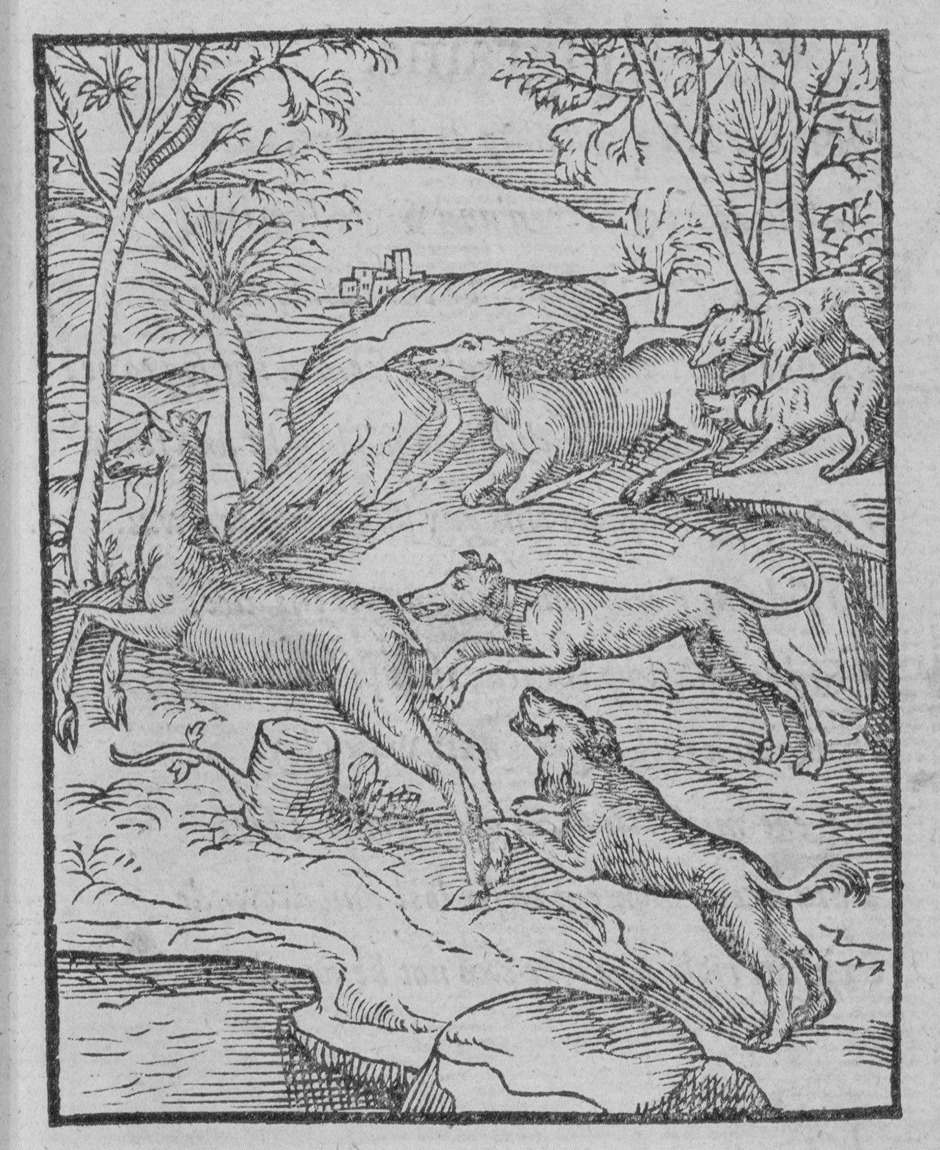
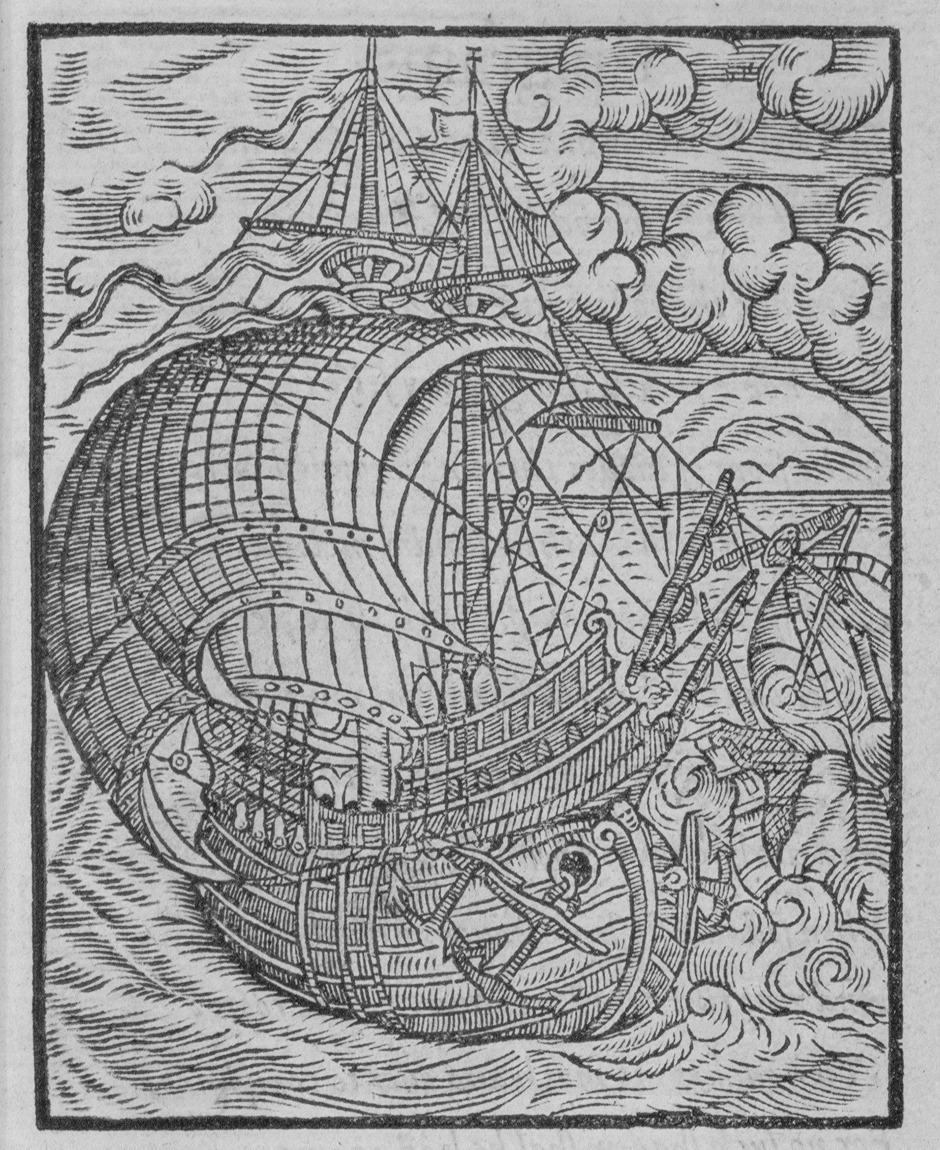
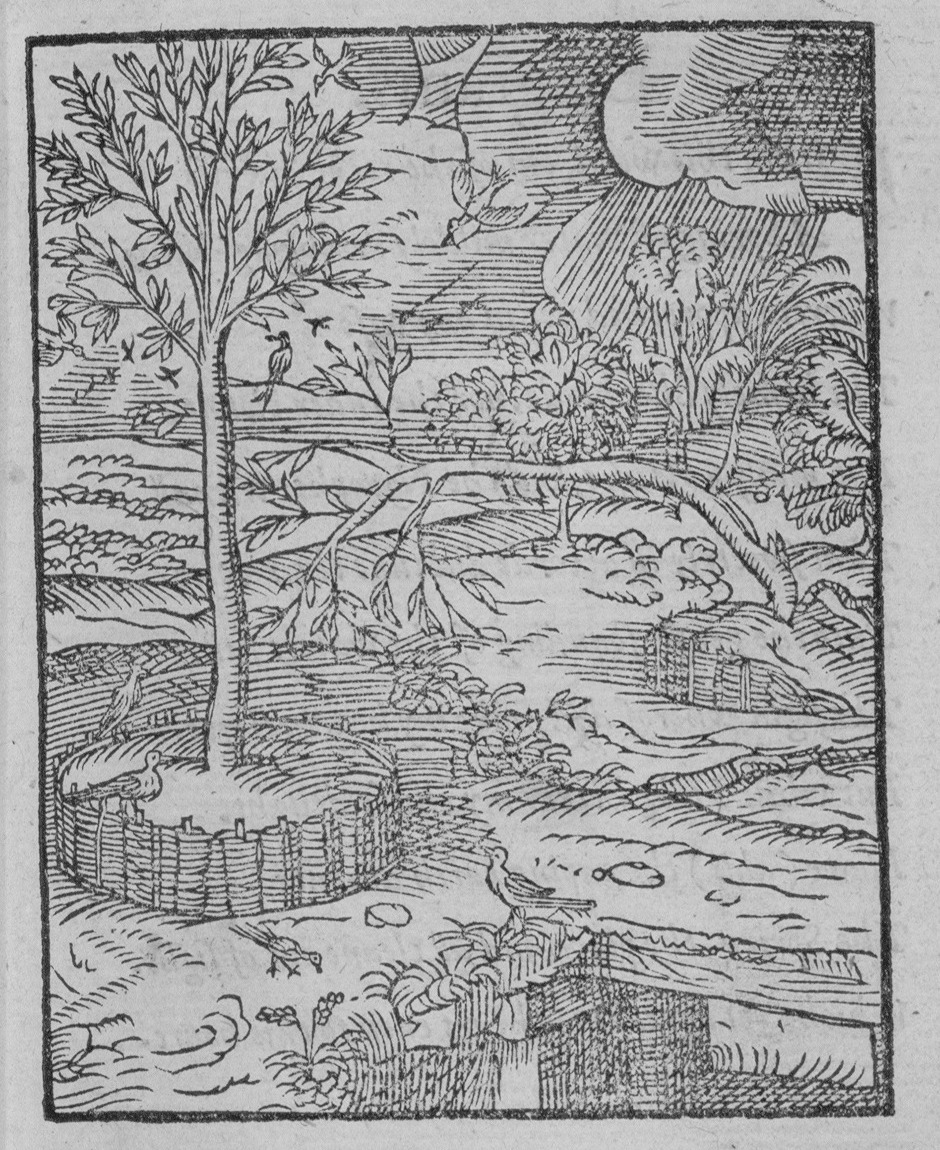
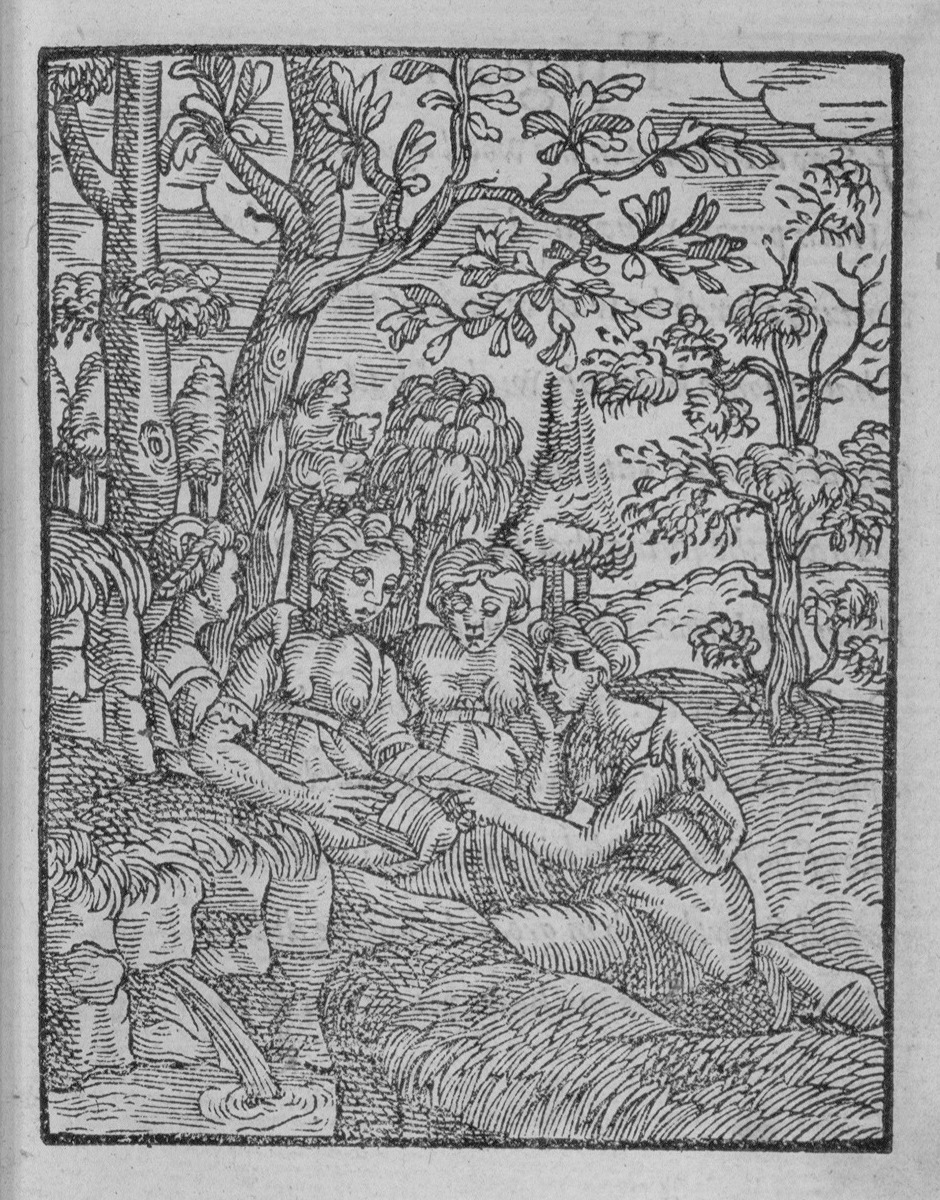
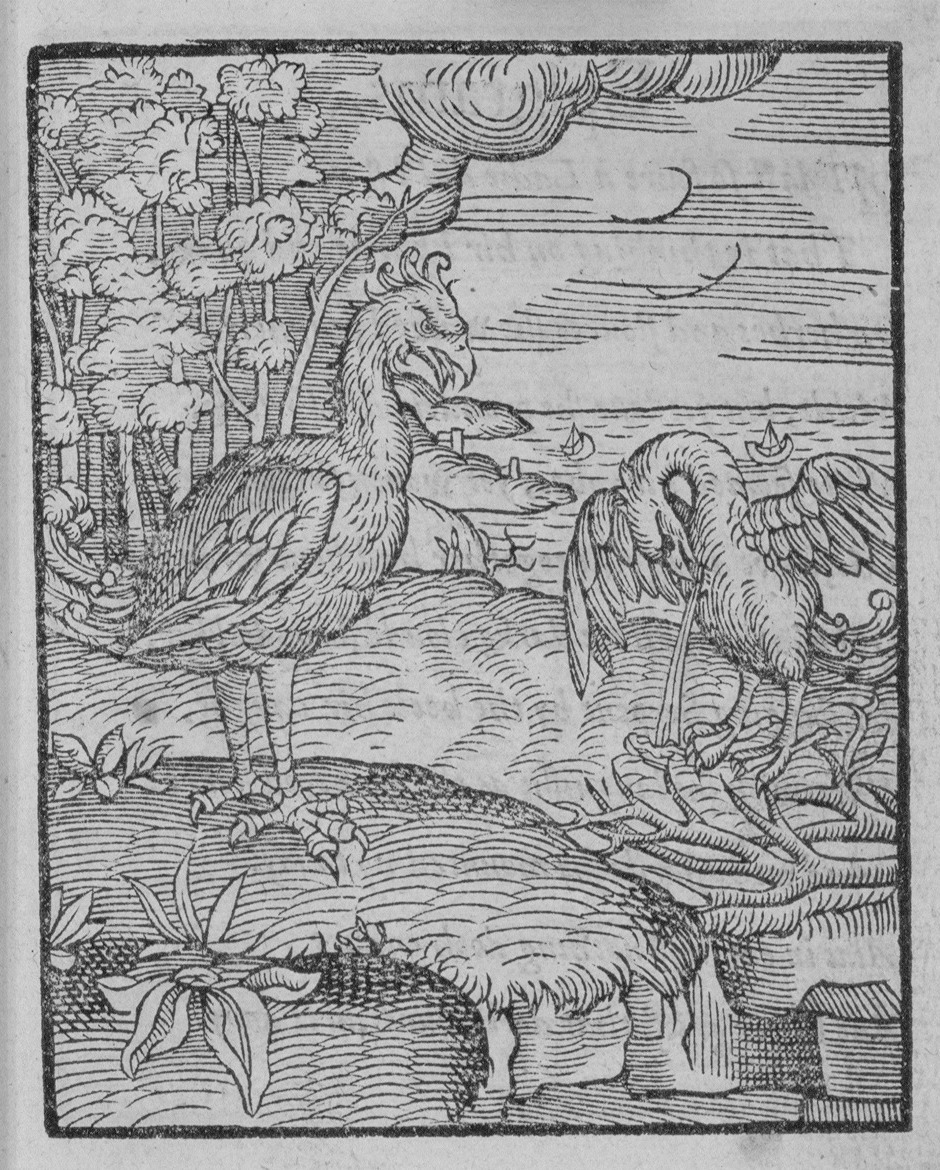
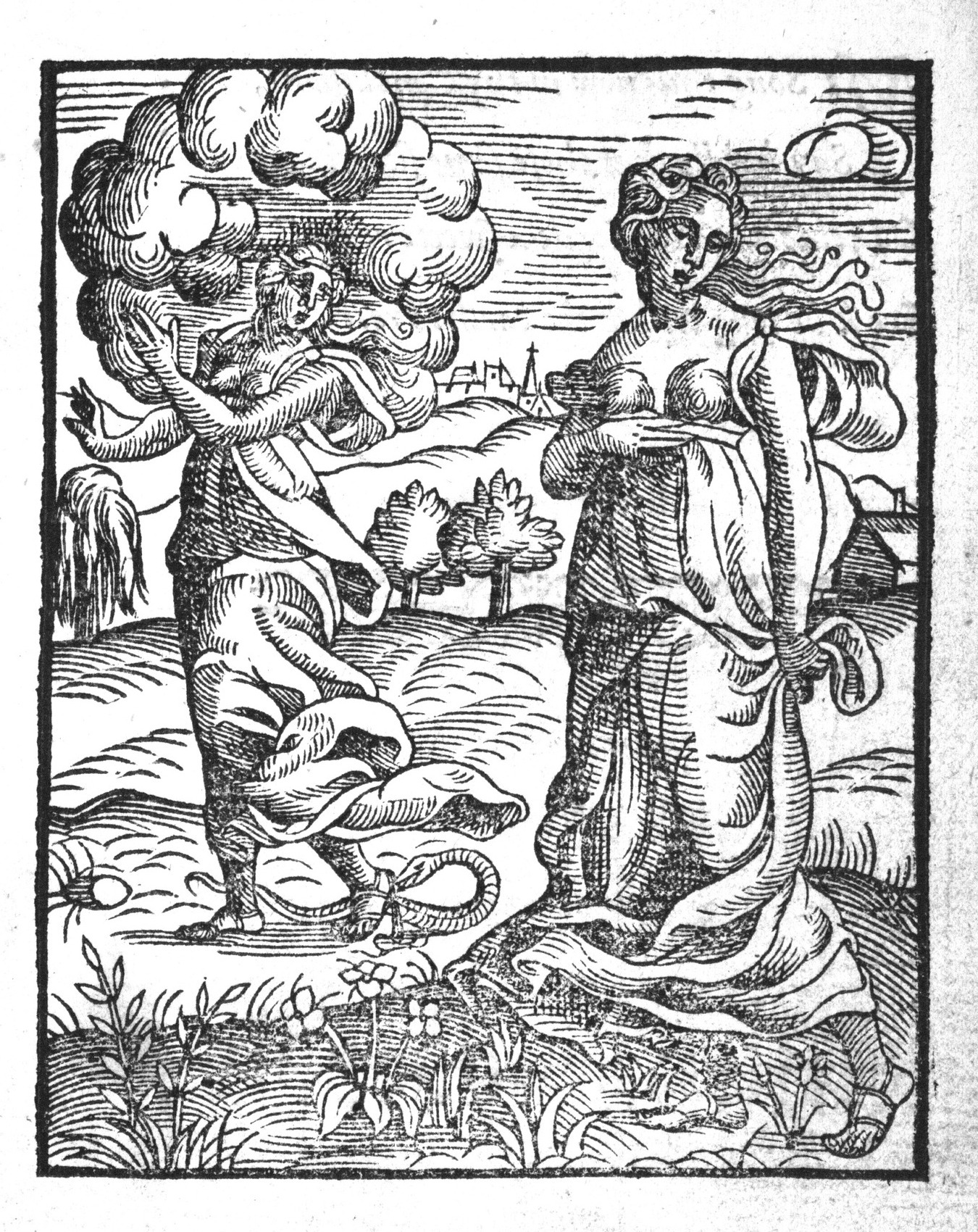
Haec . . . serenam: ‘Let Babylon read these things and learn to rear its earth-bound head as far as heaven: here is the sure path to life, which the noble example of van der Noot gives to men to read. Scorning his homeland, certain victories, and official rewards, aware that virtue has no foundation in blood, he has raised his mind to greater things and, by this work, lets the world know of his uncommon suffering and of his life's sad labors.
‘Let Babylon read these things; let it read and fill its ears with this work. And if anyone's mind is shrouded in dark mists and, forgetful of the right path, wanders across trackless rocks, here, the mists removed, he may find out the Supreme Good. The teachings of the ‘Wise’ disperse the truth and jumble it with empty falsehood. O senseless minds of men! Not that Church of the Gods but the alerted mind, lashing these Learned ones with a harsh rope, will lead the corrupted soul to better things.
‘O that the idols lay overthrown! May His honor, which moves all things, be restored. Yet sometimes a kinder fortune will drop from the stars and the piteous rulers of most high Olympus will behold our struggles, behold how the tyrants of all lands rage with furious mind. But whoever is inflamed to discover the star that points out the true path, read here these learned, late-night labors which learned van der Noot has wrought for you. Like the Ploughman who watches the clouds chased away by the sun and the fields renew their smiling, so will you see a tranquil light shine out, through the dense smoke, for you.’
Typhæus sister: Although Hesiod distinguishes Typhœus and Typhaon, making Typhœus the latter’s father, they were frequently conflated in antiquity -- as Typhoeus, Typhos, Typhaon, or Typhon: all are monstrous and belligerent. Hesiod’s Typhœus is one of the Giants who revolted against the Olympians (Theog 820-38). Neither Typhaon nor Typhœus had a famous sister, but the poem and the woodcut seem to identify the sister as a personification of Rome as both imperial conqueror (ll. 9-10) and warlike foe of heaven (l. 6).
In a confusion possibly related to the conflation of Typhœus and Typhaon the commentary on this poem refers to the central figure as ‘Typheus daughter’. For Spenser, the figure of Typhœus will continue to invite bizarre genealogical imaginings: in FQ III.vii he will describe how Typhœus raped his own mother Earth and so sired Argante and Ollyphant, twins whose incestuous relations begin in utero: The belligerent and lecherous Argante is both Typhœus’ sister and his daughter.
church holy days: Like most of the criticism in this passage, the attack on the multitude of Catholic holidays might have come from any of the Reformers, but Calvinists like van der Noot were especially fervent in their sabbatarianism and in their strict abridgement in the number of holidays celebrated: many mid-century Calvinist churches celebrated only the Sabbath, Christmas, Easter, and Whitsunday, and there was a brief period in Geneva when even the celebration of Christmas was proscribed.
The item marks a departure from Bale, who refers at this juncture to ‘halowynge of churches’ instead of to the proliferation of holidays (Image, 110-1; Bilde, K1v). Bale’s Image continues to inspire the next few sentences, but van der Noot improvises by providing more piquantly specific enormities than Bale offers.